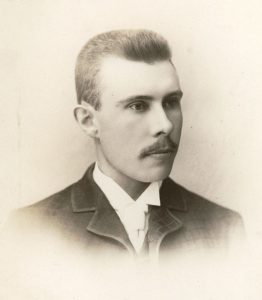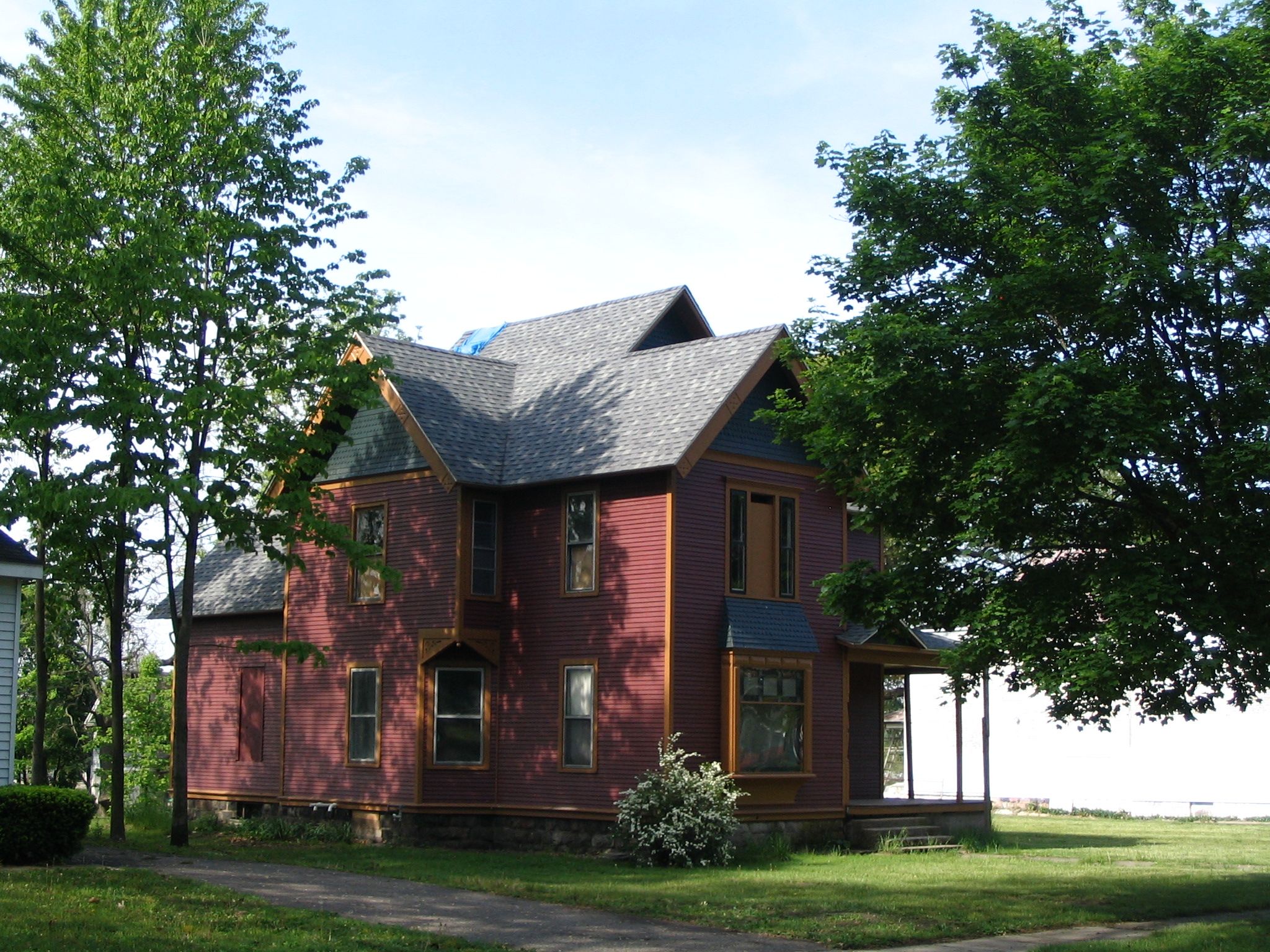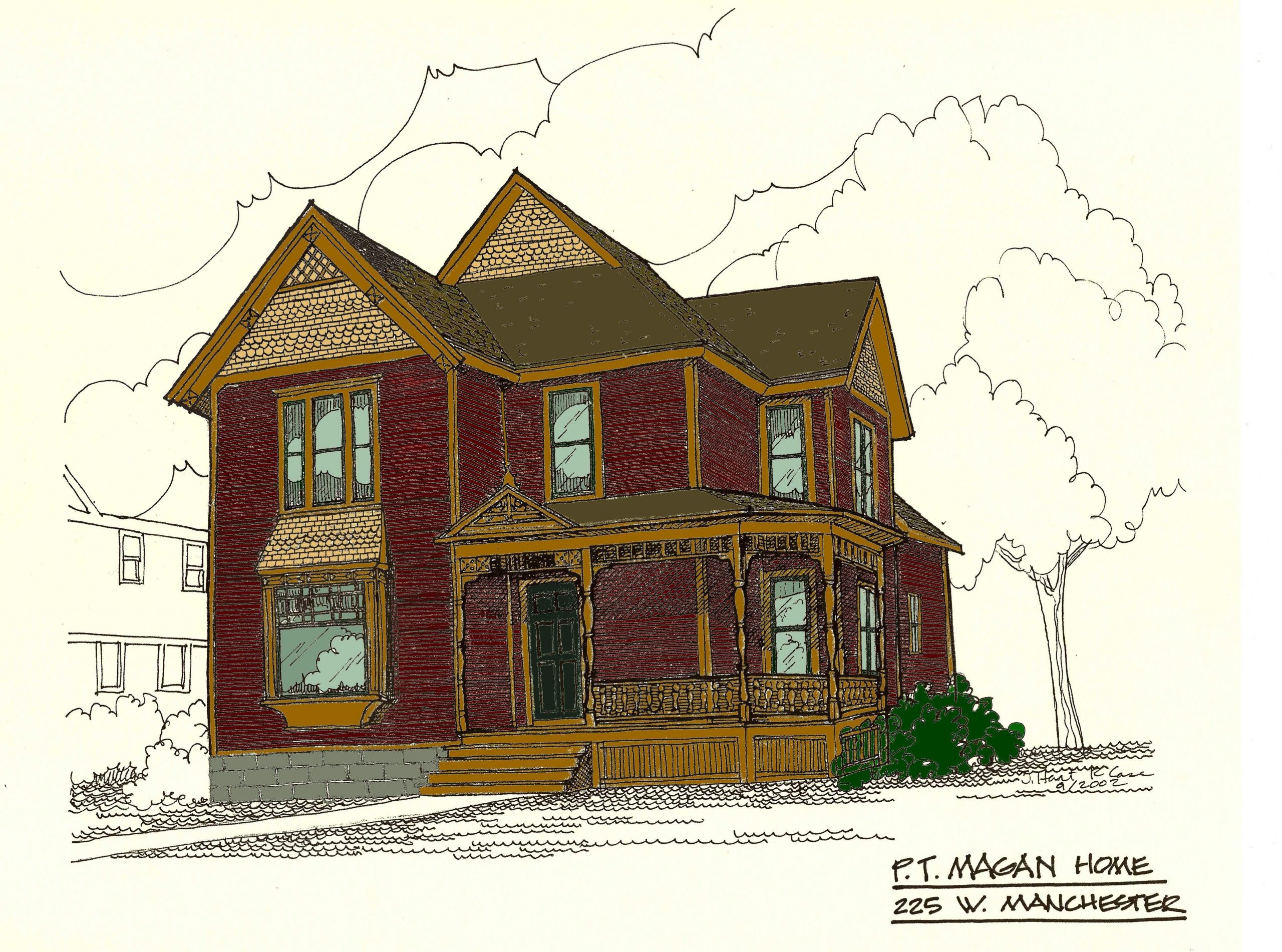History:
“MAGAN, PERCY TILSON (1867-1947). Physician and administrator. Born in Ireland, he emigrated to the United States in 1886. He became a Seventh-day Adventist the same year, worked as a licensed minister in Nebraska in 1887, and entered Battle Creek College in 1888, from which he later graduated.
“After a journey around the world in 1889 as secretary to S. N. Haskell, he became associate secretary of the Foreign Mission Board (1890-1891), head of the Department of Bible and history at Battle Creek College (1891-1901), and dean of Emmanuel Missionary College (1901-1904). He was cofounder, with E. A Sutherland, of the Nashville Agricultural and Normal Institute (1904), later generally known as Madison College, and was its dean.
“He took the medical course at the University of Tennessee and soon after, in 1915, was elected dean of the College of Medical Evangelists (now the Loma Linda University School of Medicine), and later served as president (1928-1942). He was active in raising funds for the medical college and was largely responsible for its accreditation. A biography of Magan was written by Merlin L. Neff, under the title For God and CME (1964). ” – Seventh-day Adventist Encyclopedia, vol. 11, 1996 ed., p. 11.
Another informative book entitled, Letters From Dr. Percy Magan is available in our store. It tells the story of how Magan’s Madison friends gave him crucially needed financial support in bringing the struggling College of Medical Evangelists up to full accreditation.
Why is it important?
The value of Christian education, as seen by the fact that Magan attended Battle Creek College as a student, and then later served on the faculty of the school, forms the basis for the story to be told in this house. How much correspondence, if any, of Magan’s from this era still exists should be determined. There are a number of powerful statements regarding the spiritual nature of Christian education from his later years at Lorna Linda; it can be hoped that similar can be found from him for these earlier years. (Neff’s biography is extensively footnoted, and those references would be a good place to start. Also, the Heritage Room at Lorna Linda University has not only Neffs notes and original manuscript for his book, but also extensive files of Magan ‘s correspondence, though primarily from the years after he became Dean of the College of Medical Evangelists.)
It was during the years that Magan lived in this house and served on the faculty of Battle Creek College that the strong push for Adventist church schools began in earnest. Ellen White gave her famous call for such in 1900 (see Testimonies for the Church, vol. 6, 1900, pp. 198-199) where she says a church school should be started even if it had as few as six children. Actually, prior to when she gave this call, while living in Australia in the late 1890s, she had already been urging the establishment of church schools, (see George Knight, Early Adventist Educators, 1983, pp. 43-44). According to Knight’s statistics (see chart on p. 43 of his book), in 1890 Adventists operated 9 church schools and employed 15 teachers; that number had grown to 18 church schools and 35 teachers by 1895. Just five more years, by 1900, we had 220 schools and 250 teachers. Most were one-teacher schools. (For more about the beginning of the church school movement also see Emmett K. Vande Vere, The Wisdom Seekers, Southern Publishing Association, 1972, pp. 86-87.)
The Battle Creek College revival of 1897 could also be described since Magan was involved in it (see Neff, p. 64; Vande Vere, p. 82). Ninety persons, mostly college students, were baptized as a result of the revival.



